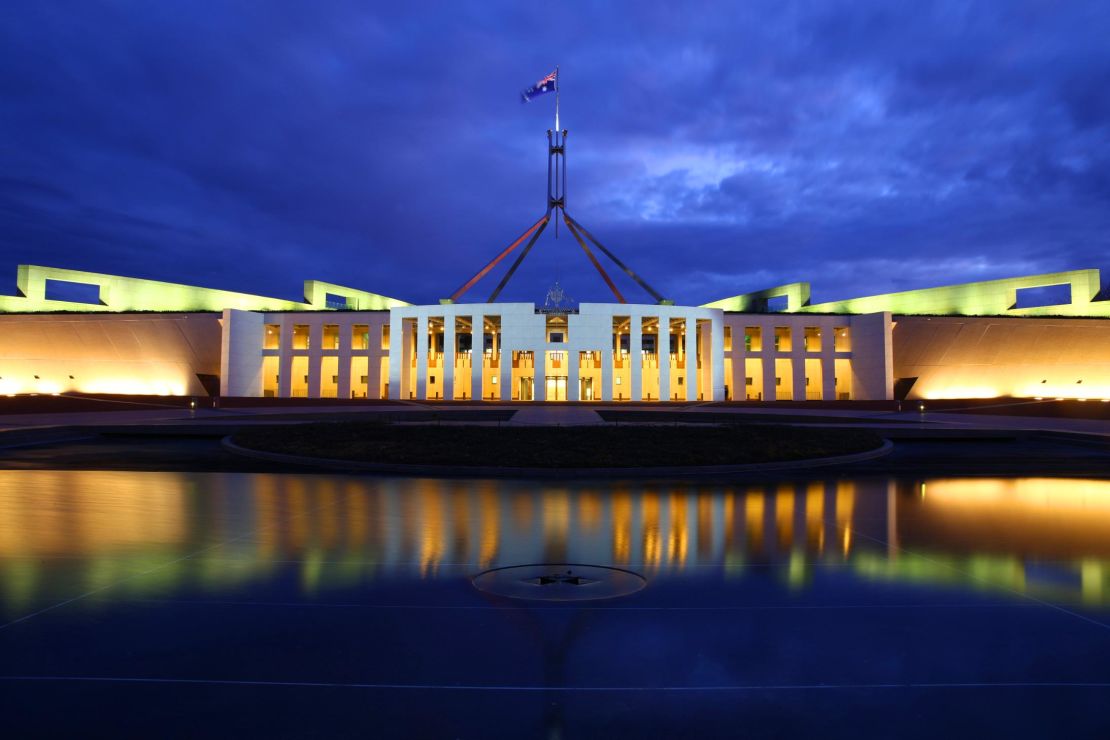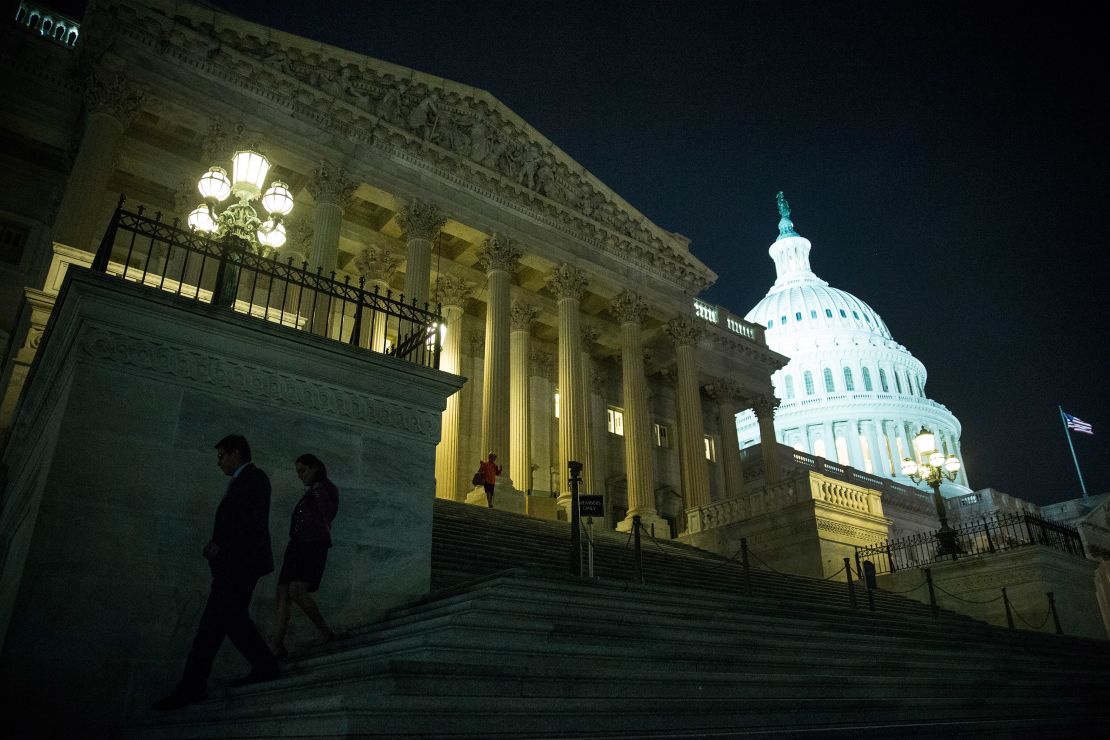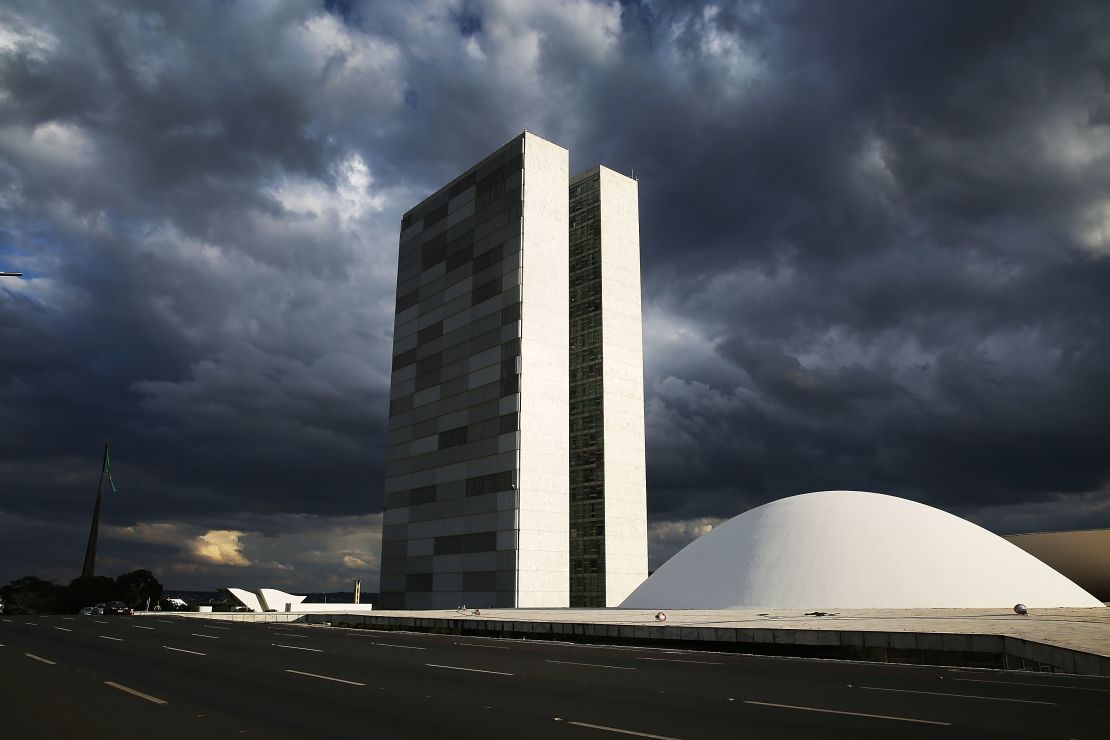Two countries will soon move their capitals to different cities, designed and built exactly for that purpose.
Egypt has been building its new, as-yet-unnamed new capital since 2015, about 28 miles east of Cairo. The government hopes to start operating in the city as early as next year, although the project is facing reported delays.
Indonesia announced similar plans in August, picking a jungle-covered area of eastern Borneo for its new capital, which will replace Jakarta.
The two countries are facing similar problems – both Cairo and Jakarta are overcrowded and congested – but Jakarta is also one of the world’s fastest-sinking cities. It is dropping into the Java Sea due to the over-extraction of its underground water sources, which is causing land subsidence.
Building a capital from scratch, however, is nothing new, and many of today’s world capitals are purpose-built, including Washington DC (United States), Brasilia (Brazil), Ottawa (Canada) and Canberra (Australia).

The practice offers many advantages (and a few risks), starting with the ability to pick a specific location within a country – usually one that sends a message of balance and neutrality.
“The capital is often a compromise,” David Gordon, professor of planning at Queen’s University in Ontario, said in a phone interview. “In the United States’ case, it was a compromise between the rural south and the urban north. And the pick was none of the above, with the Potomac (River) being the boundary between the two.
“The same thing happened in Canada, where the Ottawa River was the boundary between the French-speaking lower Canada and the English-speaking upper Canada. Canberra is partway between Melbourne and Sydney. New Delhi was halfway between Calcutta and Mumbai. And so on.”
According to Gordon, most constructed capitals follow one of three planning models: a grand European-style city with large boulevards, modeled on Paris, which was widely considered to be the most beautiful and best planned city in the 1900s; the so-called “garden city,” born in England and based on self-contained communities surrounded by green areas; and a modernist approach, which came to the fore after World War II and was appealing because it was an international style, helping achieve the neutrality that many planned capitals aimed for, as opposed to local or national styles.

A prime modernist example is Brasilia, planned by architect Lucio Costa, with key buildings by Oscar Niemeyer. “Brasilia is designed as a single piece, because it was commissioned to two men with similar ideas who were able to impose very simple but very robust rules of urban design,” Nuno Pinto, Lecturer in Urban Planning and Urban Design at the University of Manchester, said in a phone interview.
“The city is a UNESCO site specifically to protect its urban design rules, because what is protected is not the architectural components, but the concept of the building and its relation to the surrounding space. You can demolish a building from the 1960s, even if it’s designed by Oscar Niemeyer, as long as you replace it with the same volumes,” said Pinto.
However, Brasilia has arguably failed in its grand aim of becoming an open and egalitarian capital, and is instead marred by social segregation, according to Pinto.
“Brazil has a history of social segregation,” he said. “Lucio Costa, the designer, assumed that he was being equal by guaranteeing that both a judge and a janitor would have a place in the city, but he forgot about the hundred of thousands of people who built the city and were expected to go back to their (home states) but didn’t. And for those people, the city didn’t provide anything.
“They lived in slums. When Brasilia was inaugurated, these people were relocated in just one day. And they were relocated further away, in new metropolitan areas. (The planners) tried to make a more egalitarian city, a fair city, but they failed.”

According to Gordon, it can take time for a capital city to hit its stride, and none deliver in the short term. “The ‘short term’ for a capital city is 50 years,” he said. “Washington was a laughing stock in the 1900s. People said it was a plan without a city. There were huge gaps. The Washington monument was built in the wrong space. It took another hundred years, but now it’s hard not to say that Washington is a success.
“Building a capital city is a very long-term exercise. My advice is to aim high, keep your vision on the long term and stick to the plan.”
Browse the gallery above to discover some of the world’s planned capitals.
















